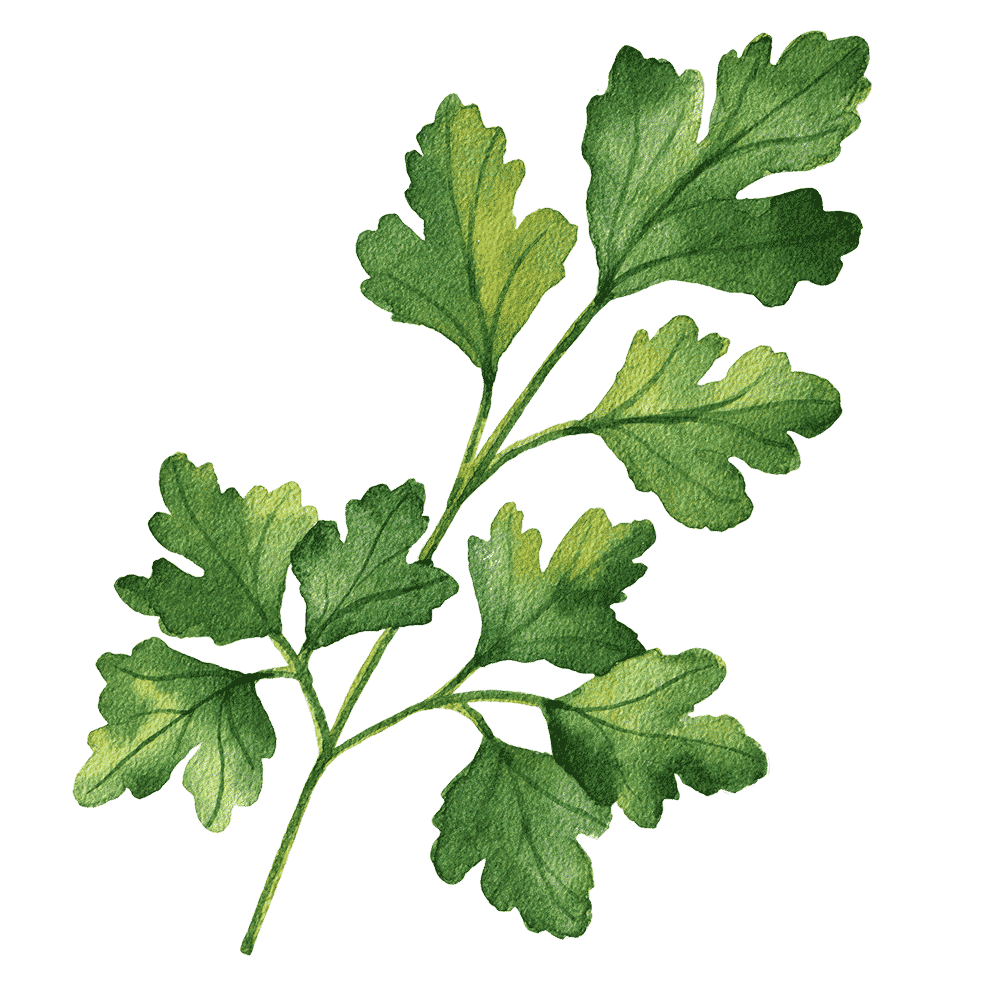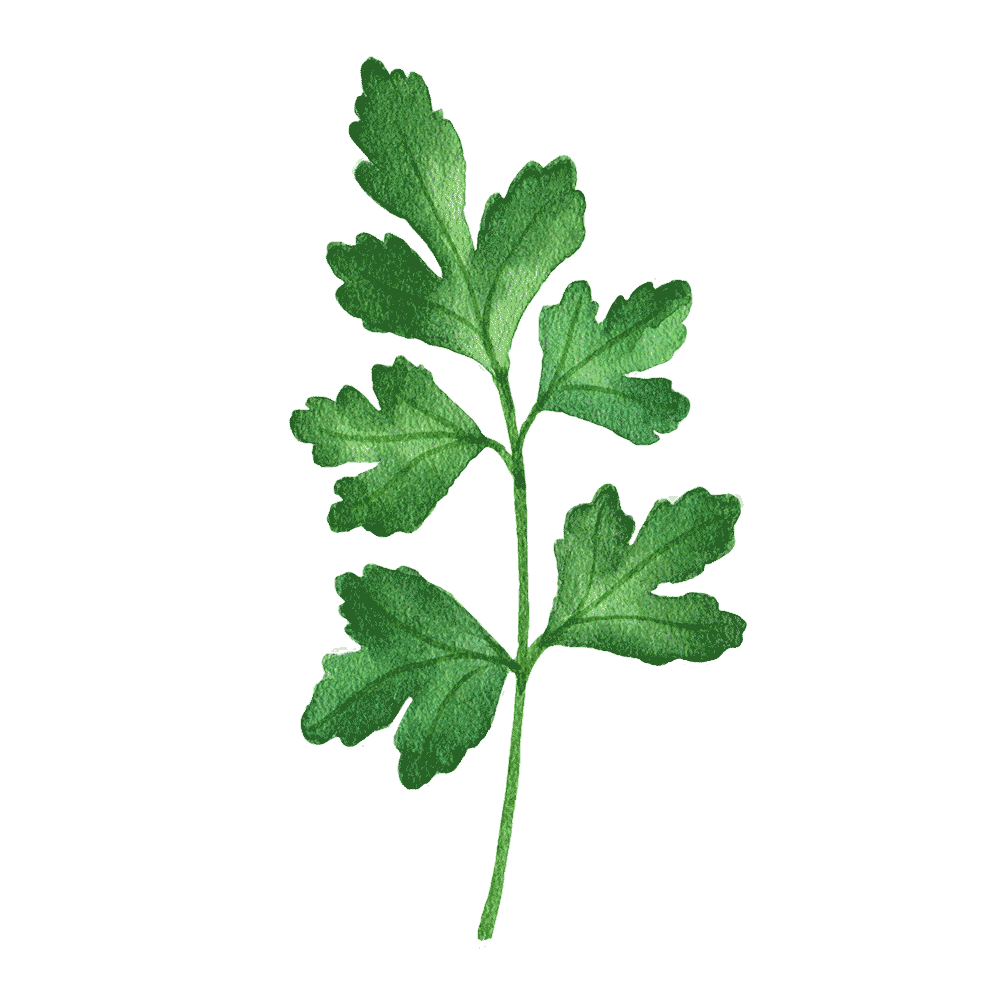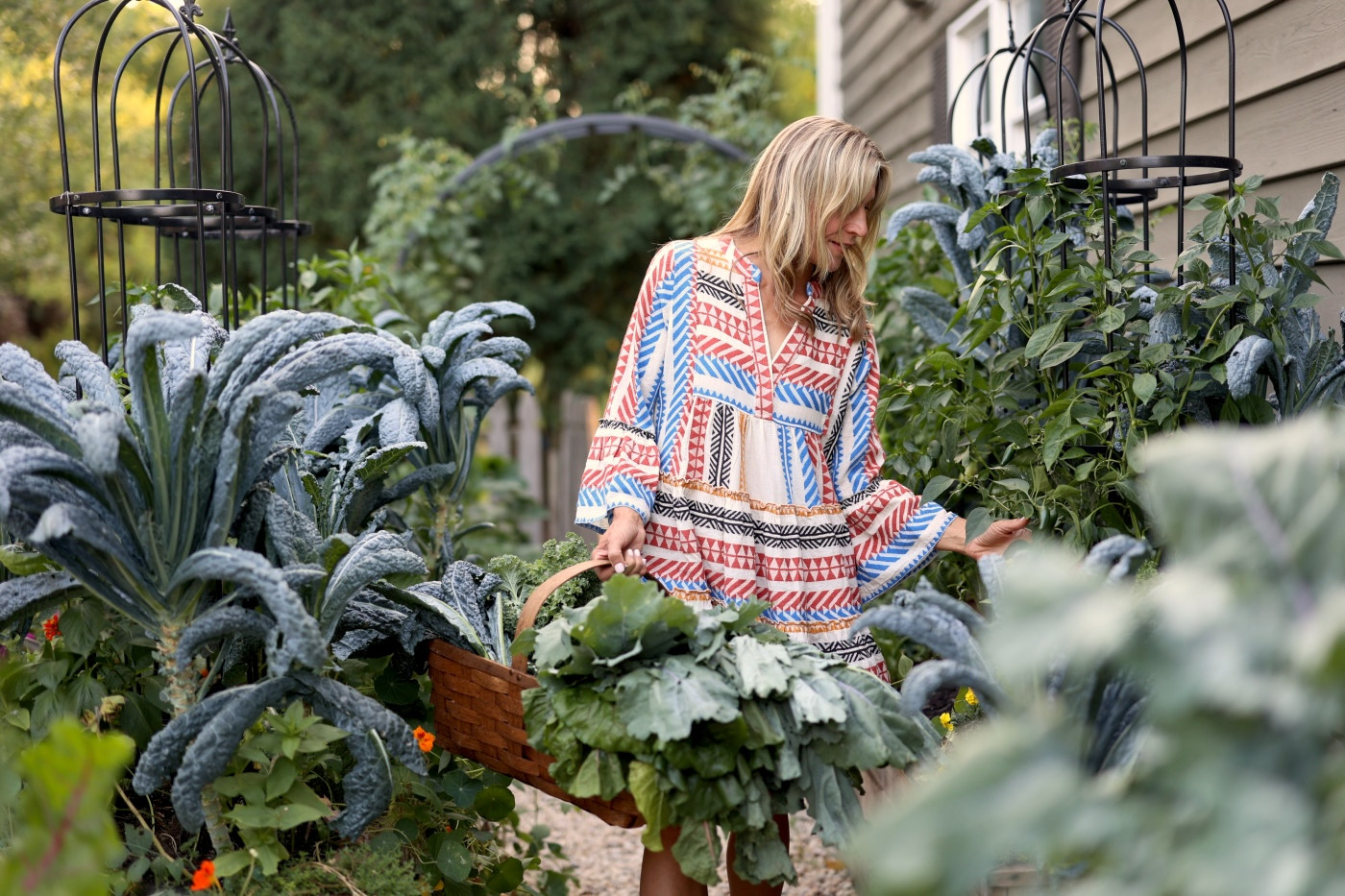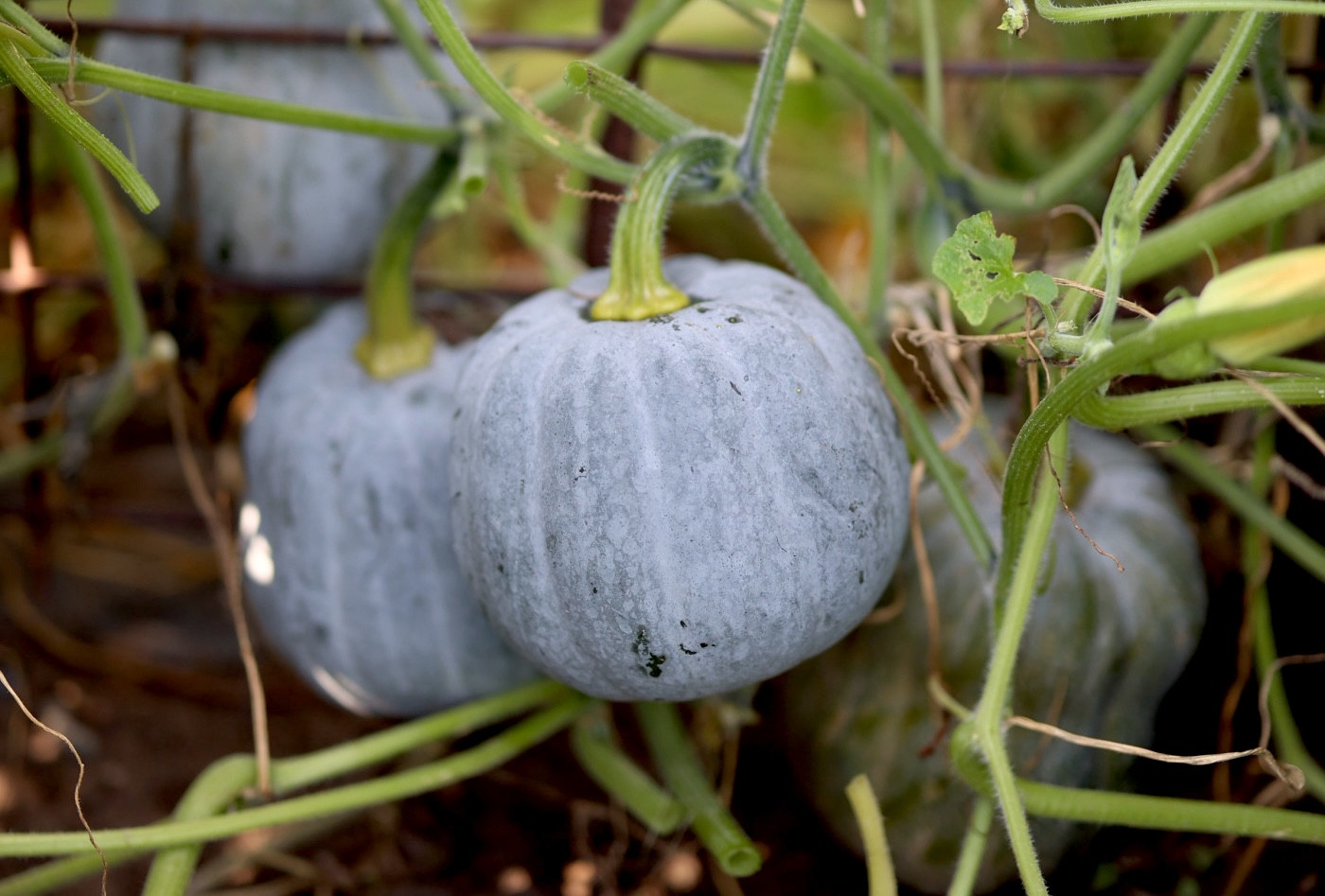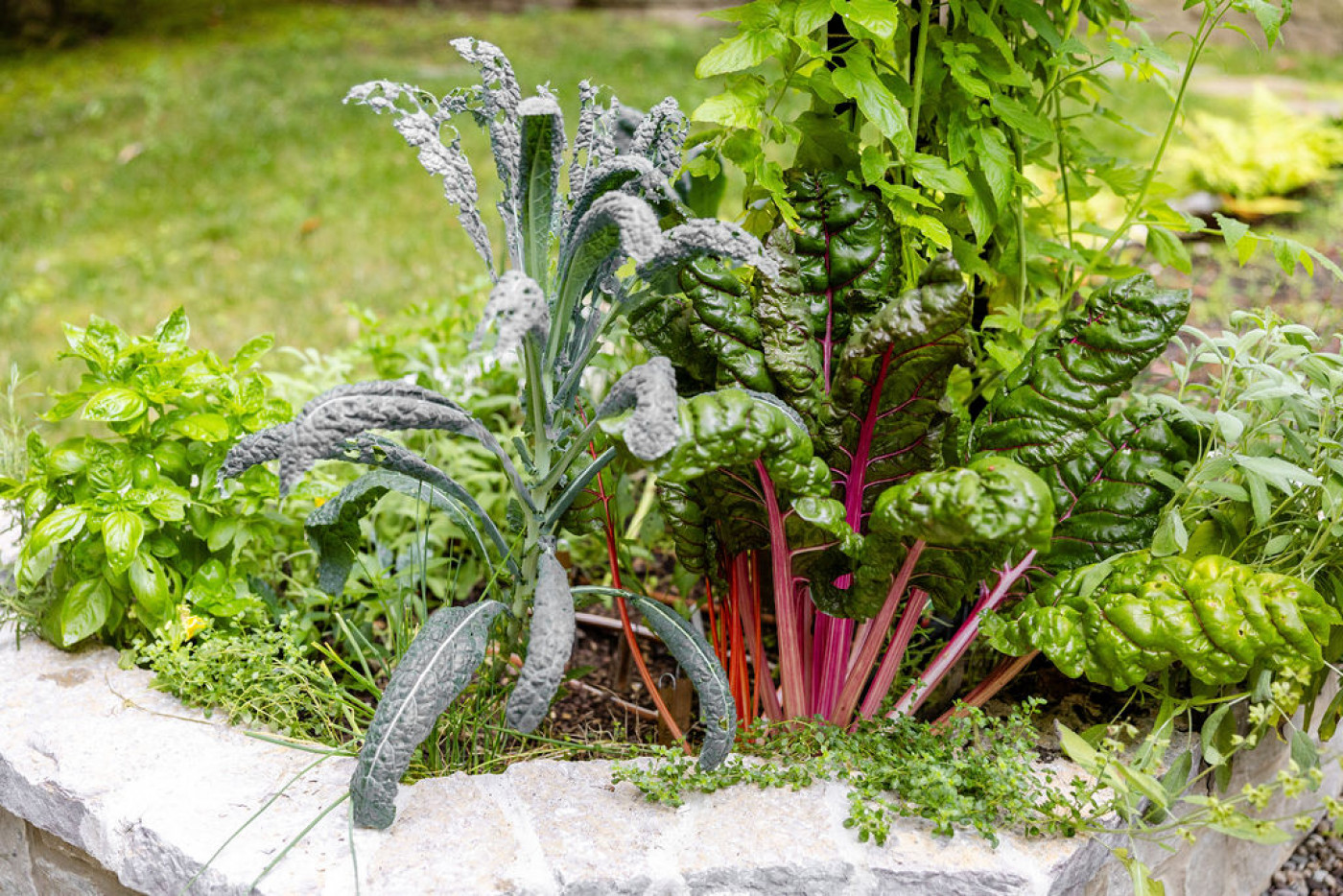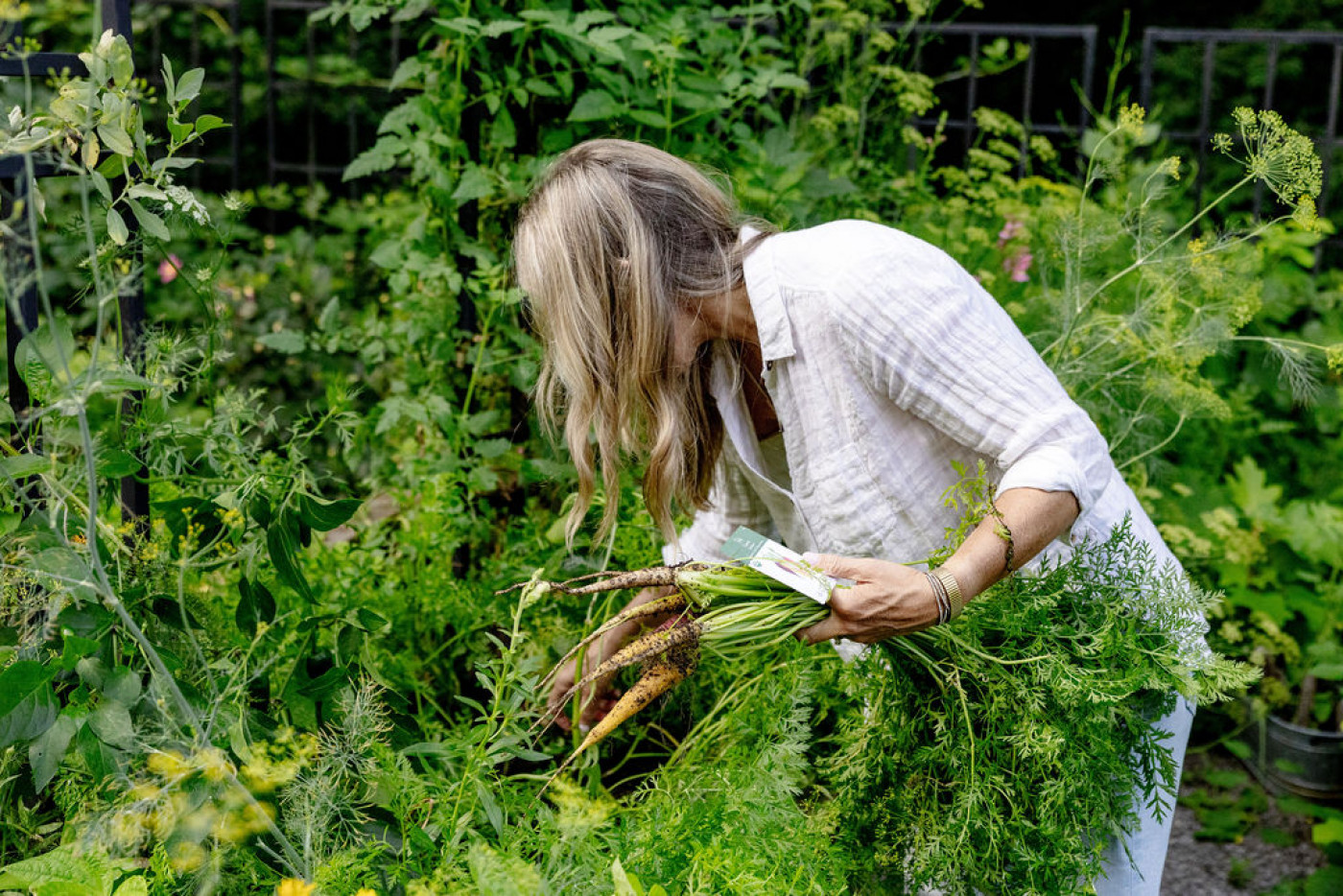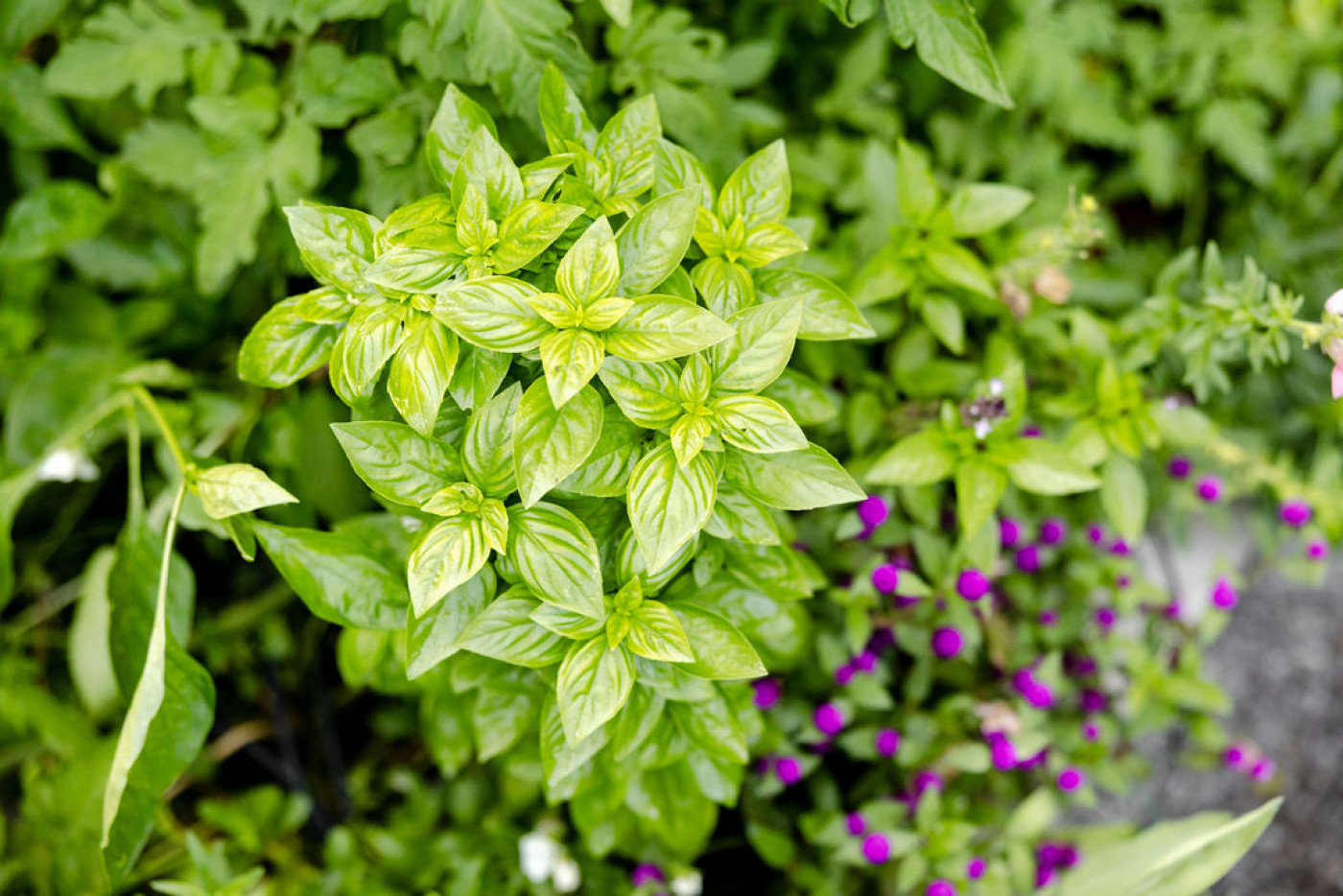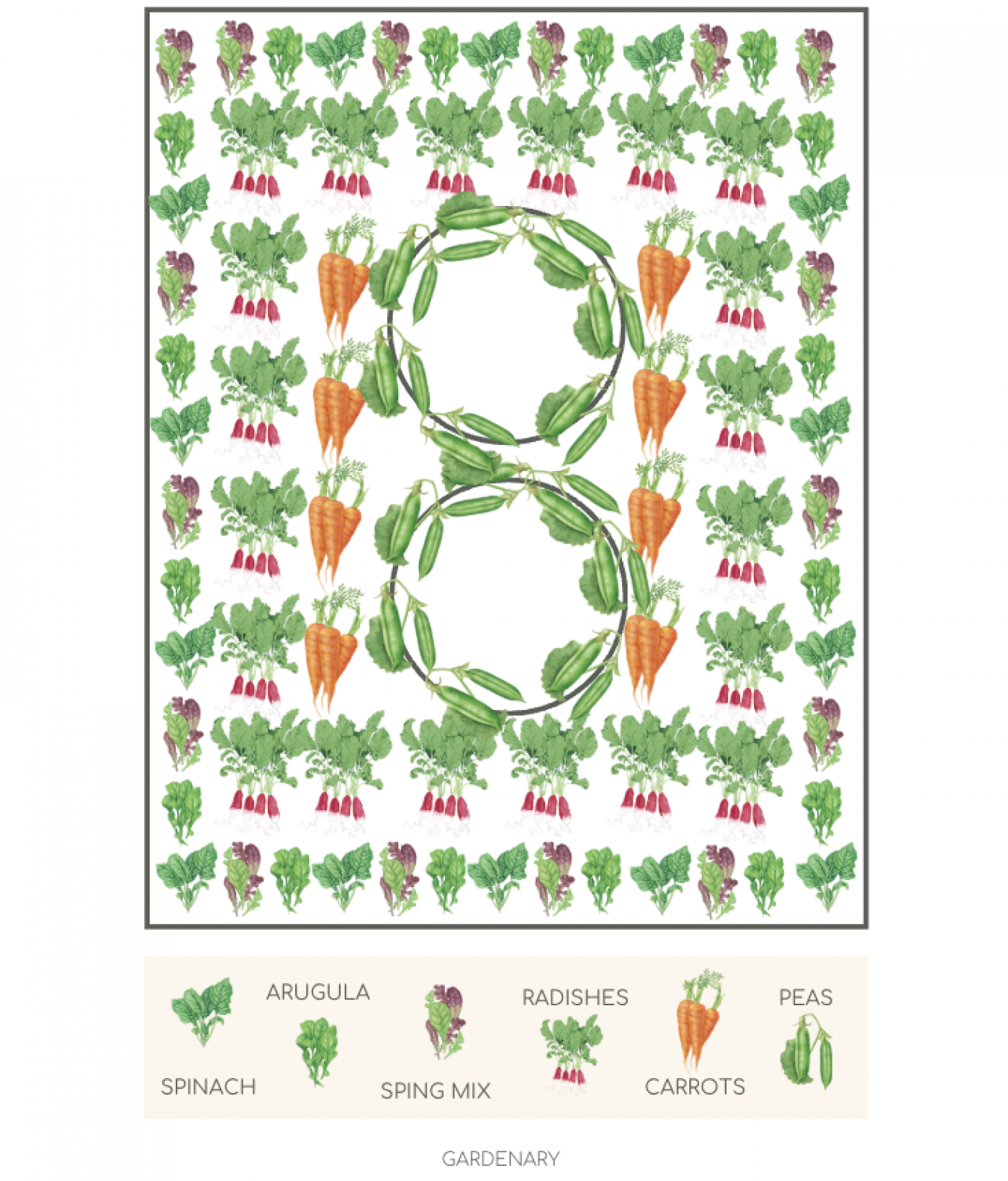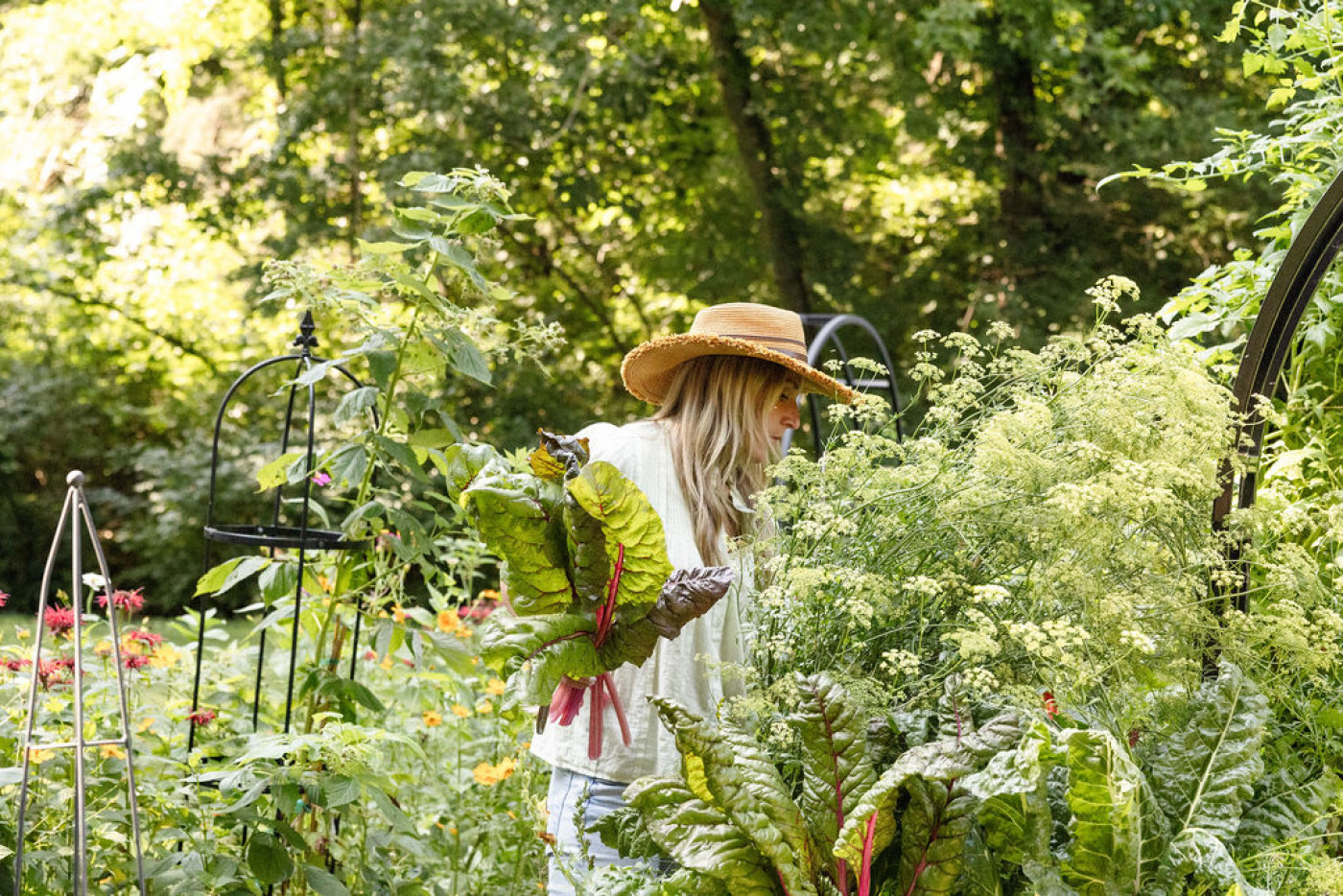What Month Should You Start a Fall Garden?
When you hear the phrase "fall garden", maybe you picture sprawling vines with perfectly ripe pumpkins peaking out from underneath the wide leaves and curling tendrils. Maybe you picture an assortment of gourds arranged on hay bales.
Whatever you picture, the reality is that what you can grow in your fall garden will depend on which growing season you're in. Those of us entering the cool season in September or October will have a very different fall garden experience than those entering a warm season. In other words, we won't all be growing pumpkins. (In case you're wondering, pumpkins grow best in the warm season.)
Unless you live close to the equator, September to October is usually a time of transition into your fall growing season, though which growing season you'll be in for the fall depends on your area and overall climate. If you're not sure of your fall growing season in your particular area, I'll walk you through how to determine your season in a bit.
The most important thing to remember is that not only can you garden in the fall, but you can actually continue to grow some things well into the colder months of the year, especially if you have proper frost protection or live in a milder climate. Skipping a fall garden and waiting until the spring would mean you'd miss out on not one, but two full seasons of plants that you could have been enjoying fresh from your kitchen garden.
No matter which growing season you'll experience for the fall, there are so many different plants you can plant, grow, harvest, and eat between now and winter.
Gardenary's Fall Seed Collection
Get 34 Organic Fall Garden Seeds—Plus Planting Plans & 300 Pages of Growing Guides to Harvest More This Season!
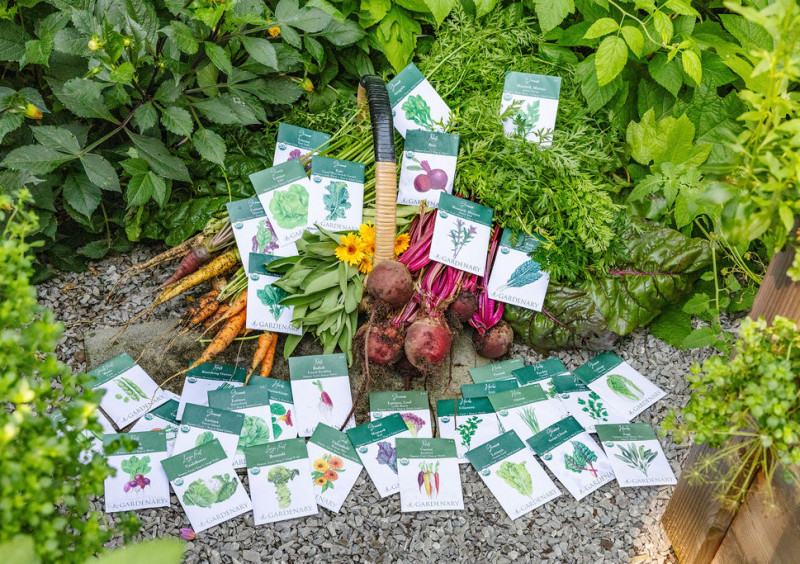
Steps to Plan Your Fall Garden
Determining your growing season and choosing plants that fit that particular season is the best way to keep your plants happy and to have success in your fall garden. I'm going to walk you through the simple steps to determine which growing season you'll experience for the months of September through December.
Step One: Find Your Average Temps
Do a quick Google search or use a local weather website to find the average high temp and average low temps for September. Repeat for the next three months.
Step Two: Determine Which Season You'll Experience
Determine which season you'll be in for fall using the following temperature ranges:
- Cold Season - Average high temperature below 34°F (1.1°C); guaranteed chance of frost/snow
- Cool Season - Average high temperature between 35 and 64°F (1.6 and 17.8°C); likely chance of frost/snow
- Warm Season - Average high temperature between 65 and 84°F (18.3 and 28.8°C); no chance of frost/snow
- Hot Season - Average high temperature of 85°F ( 29.4°C) or above; no chance of anything close to cold
My old friends in Houston are still in the hot season over Labor Day, but by October, they'll have moved into their second warm season of the year. When I lived in the Chicago area, I would be preparing for my cool season at this time.
Click on the image below to save this chart for later!
Step Three: Use Your Growing Season to Select the Right Plants for Your Fall Garden
Each plant has a unique season of growth. The herbs, leafy greens, fruits, and vegetables that you can grow in your fall garden will depend on what your climate is like and what growing season you're in. The majority of you will be growing in the cool and warm seasons for the fall.
Since I'll be transitioning into the cool season in October, I mostly plant cool season plants in September and October, things that I want to get established in the garden now so that they'll grow into November and maybe even into December and January if I have frost cover for them.
Those of you in places like Florida, Texas, Arizona, and California might be in your warm season for the duration of the fall. I'll go over some plants you can put in your garden in September to have a really fun fall harvest that doesn't look quite like the one I'm going to be having.
Plants for Each Fall Growing Season
Cool Season Plants for Fall Garden
Those of us growing in the cool season for fall can grow plants in the onion family, the carrot family, the lettuce family, the kale family, and the legume family. My favorite cool season plants come from the lettuce family.
Here are some of my favorite plants that thrive in cool autumn temps:
- KALE
- CABBAGE
- CARROTS
- RADISHES
- GARLIC
- COLLARDS
- BROCCOLI
- CAULIFLOWER
- SPINACH
- SWISS CHARD
- BEETS
- LETTUCE
- SUGAR SNAP PEAS
- SNOW PEAS
Note: If you happen to be entering your cold season already, you can grow plants like garlic, carrots, spinach, cabbage, and kale under frost cloth and cold frames.
Pro Tip
Grab our Cool Season Planner to help you make the most of your fall garden.
The Gardenary Cool Season Garden Planner
The secret to cool season gardening is knowing your timing, picking the right crops, and staying consistent—this planner walks you through it, step by step.
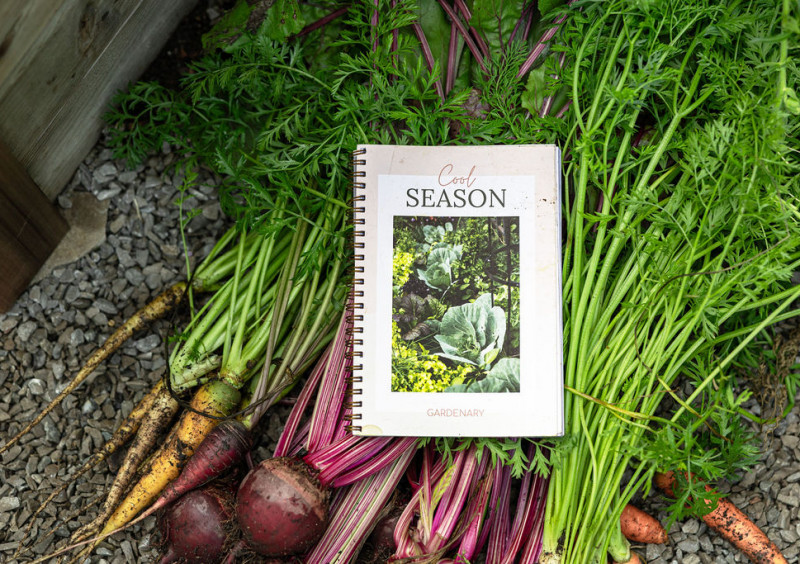
Warm Season Plants for Fall Garden
Warm season plant families include the cucurbit family, the legume family, and the Solanaceae family.
Here are my favorite warm season plants to grow in fall:
- BUSH BEANS
- BUSH CUCUMBERS
- BASIL
- SHORT SEASON VINING CUCUMBERS
- 60-DAY SQUASH OR ZUCCHINI
- ARUGULA
- NASTURTIUMS
- BUSH TOMATOES
- PEPPERS
For the few of you in the hot season for the fall, you can grow Solanaceae family members like hot peppers and eggplant, plus sweet potatoes and basil.
Pro Tip
Grab our Warm Season Planner to help you make the most of your fall garden.
Gardenary's Warm Season Garden Planner
This beautifully designed planner takes the guesswork out of gardening and helps you stay organized, inspired, and on track during the warmer months.
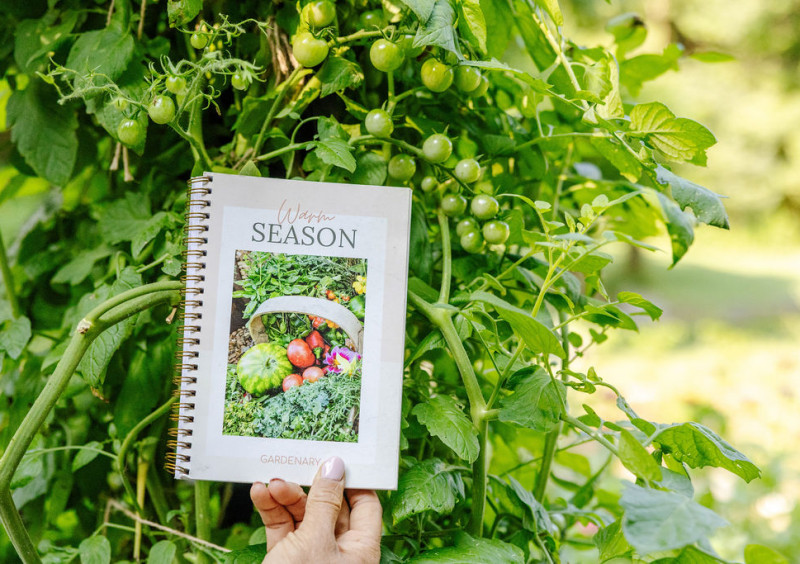
How Late Can You Plant a Fall Garden?
No matter how late you leave your fall garden planting, there are still plants you can grow in your space, especially for those of you in warmer spots on the planet. I usually plant until frost makes my soil unworkable and extend my growing season for plants already established using frost cloth and cold frames.
Since I love coming out and harvesting leafy greens from my garden every day in the fall, I plan to successively sow my lettuce seeds for as long as possible.
For those in the warm season for fall, the herbs you plant in your garden will most likely make it through your winter cool season with a bit of protection on the colder nights. Here are the top ten herbs to grow this fall.
If you know you still have two more months before frost arrives, you could grow 60-day cherry tomatoes, short season vining cucumbers, and 60-day squash or zucchini.
Of course, once those gardeners transition from their fall warm season into their cool season (around December or January), it will finally be time for them to grow things like lettuce, kale, radishes, and beets—things that other gardeners were enjoying all fall.
Overall, fall plants are easy to grow and can provide harvests in a short amount of time. That means you can still enjoy plenty of garden-fresh harvests from your garden before winter.
Gardenary's Fall Seed Collection
Get 34 Organic Fall Garden Seeds—Plus Planting Plans & 300 Pages of Growing Guides to Harvest More This Season!

Possible Fall Garden Layouts and Planting Plans
Since most of us are working with a smaller garden space, we have to think about plant family characteristics like space and time to maximize what we can grow over the fall. To learn more about each plant family and their specific sizes and growing times, you can read my book, Kitchen Garden Revival.
Here are some sample planting plans for raised beds to show you how you can maximize your growing space for the fall season.
Cool Season Planting Plan
Let's say that I've chosen to grow spinach, arugula, spring mix, radishes, carrots, and sugar snap peas this fall for my cool season. I'll use some obelisk trellises to support my pea vines and help me make the most of my garden space. I'll plant carrots around my pea trellises, and then fill the rest of the bed with fast-growing radishes and leafy greens. Lettuce, spinach, and arugula are all small plants, so I can plant 6 to 9 of them in just one square foot of space. I can begin to harvest their leaves in just a few short weeks and return to cut more leaves every day.
My planting plan for a rectangular bed might look something like the picture below.
Click on the Pinterest Icon below to save this planting plan for later!
Warm Season Planting Plan
Your fall planting plan will look different if you're in warm season. Let's say I've decided to grow cherry tomatoes, arugula, basil, and marigolds in a 4x4 raised bed. I'll grow the cherry tomatoes up strong obelisk trellises to support their vining growth, and then surround them with basil and marigolds for organic pest control. I'll fill in the sides of the beds with fast-growing arugula to give me tons of leafy harvests.
Part of planning is figuring out how to take full advantage of your space so that you can fill up on more of the good stuff. That's why I like to draw out my beds with small, medium, and large circles to represent the plants I want to grow. Play around with mixing and matching your differently sized plants to maximize your space.
Click on the Pinterest Icon below to save this planting plan for later!
Gardenary's Fall Garden Guide
Spring gets all the attention, but fall is actually the ideal time to start your kitchen garden. Get expert guidance, done-for-you layouts, and step-by-step tips to help you plant smarter, grow healthier crops, and harvest more—right through fall.
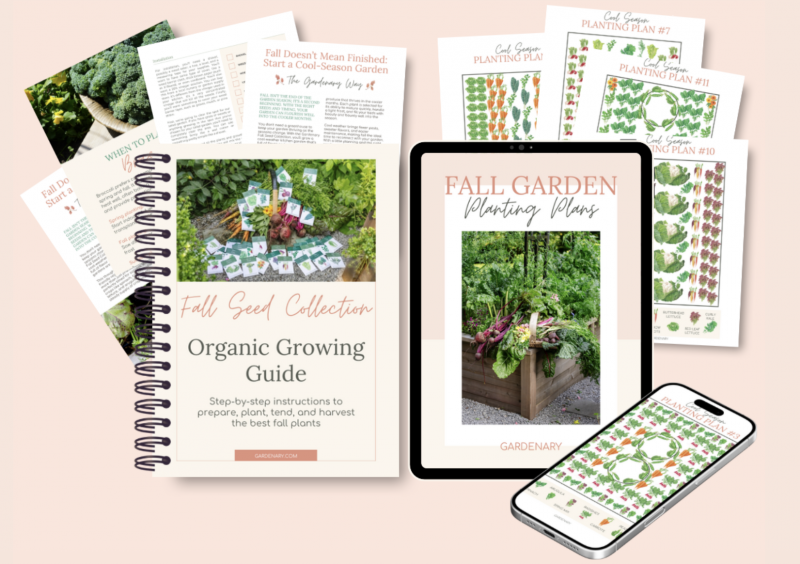
Your Fall Garden Planting Schedule
Whichever season you're transitioning into for the fall, now is a good time to begin pulling tired plants from your garden, adding some compost, and starting your new plants, either indoors or directly as seeds in the garden.
Each week or every other week, sow more seeds of smaller plants like lettuce and carrots for continuous harvests throughout the fall, stopping only when the plant's life cycle will take longer than the time you have left in your current growing season (for me, that would be around mid to late November).
Make sure to schedule some time each week to come out and tend to your plants, and harvest regularly. I know I'll be cutting leaves for a gourmet salad on the daily.
We're Here to Help You Level Up Your Fall Garden
As soon as you're ready to start planting or building your fall garden, we're here to help. You can:
- Get started with my book, Kitchen Garden Revival.
- Make the most of your fall garden with our seasonal garden planners (grab the Cool Season Planner if you live in a cooler climate and the Warm Season Planner if you live in a warmer climate).
- Shop our Fall Seed Collection to get our curated batch of the best herbs, leafy greens, and veggies to grow in the fall.
- Grab our Fall Planting & Growing Guide to get planting, tending, and harvesting guides for 25 fall plants, plus 11 done-for-you planting plans.
- Save your seat for our free Fall Garden Kickoff Workshop.
Whatever you grow in your fall garden, don't grow alone!
We're here to help you have confidence and find success in the fall garden every step of the way.
